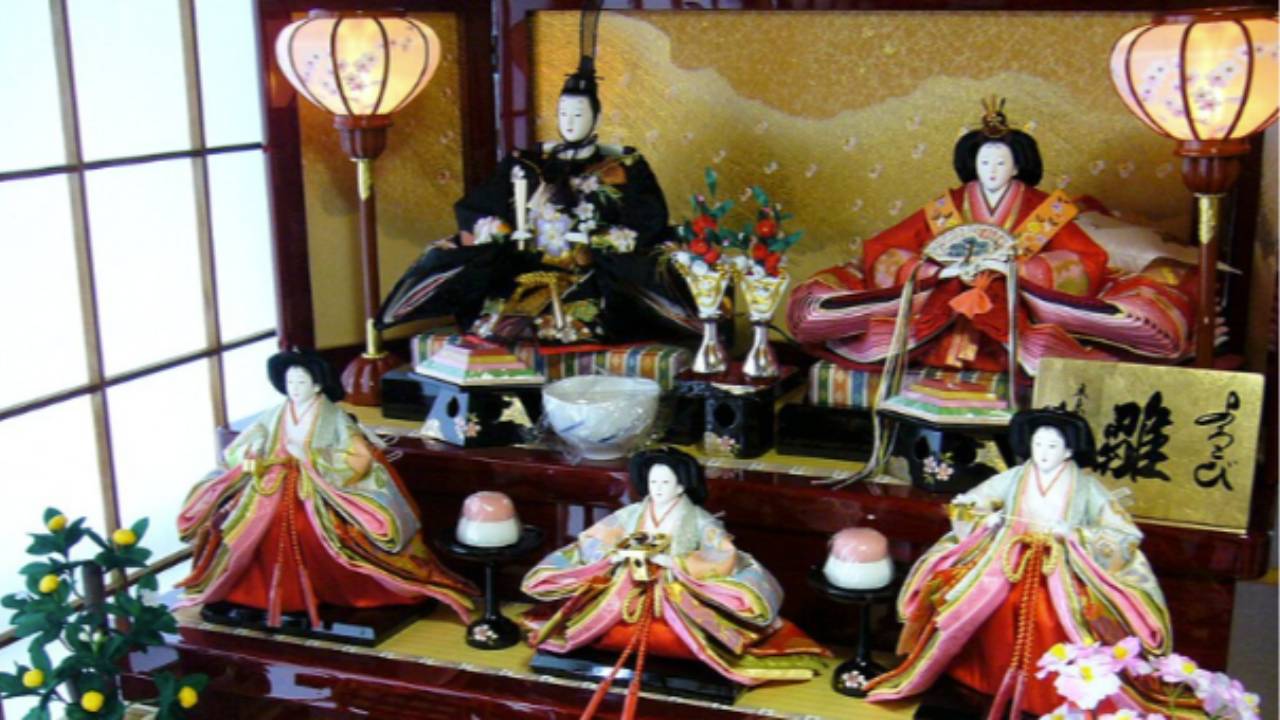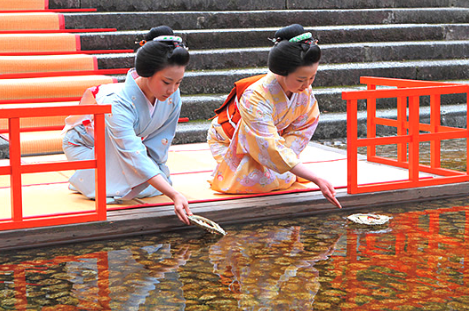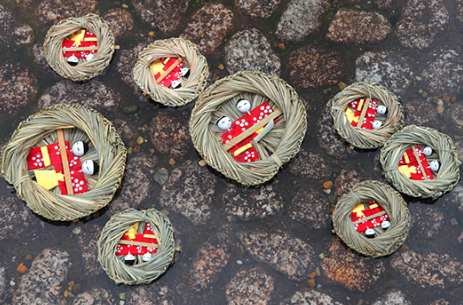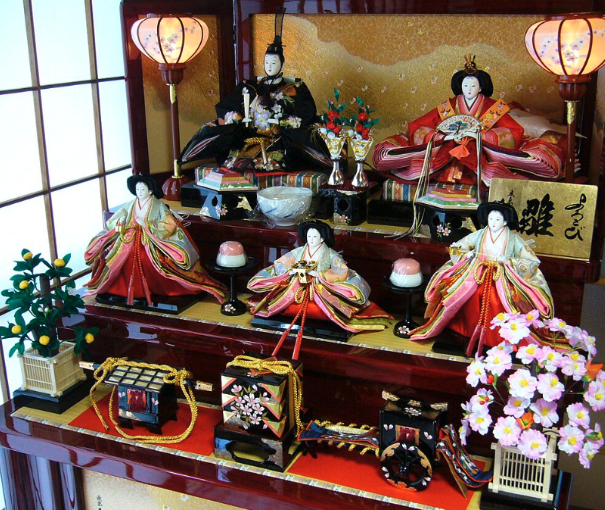🎎 What's Hinamatsuri

On March 3rd, in Japan, we celebrate Hina Matsuri ひな祭り, the Doll (girls’) Festival. If you’re really into Japanese culture, you may have already known about it and even seen the colorful altars where little dolls are displayed.
Are you curious to know where it came from and how we celebrate it nowadays?
Read through this article to learn more about this traditional Japanese Festival.
🎎 Ancient origins
The origin of Hina Matsuri is a ceremony where Hina dolls are used to transfer misfortunes, impurities, and disasters that could fall on daughters, serving as a surrogates to protect them. These primitive dolls, made of paper and clay, were created and, after absorbing the year's misfortunes, were floated down a river or into the sea (Nagashi-bina 流し雛).


Fun fact: Shimogamo Shrine holds this ancient ceremony every year.
📅 But why March 3rd?
In ancient China, people believed odd dates like 1, 3, 5, 7, and 9 were special for ceremonies. March 3rd (3月3日) was one of these days. Over time, it became a big celebration during Japan's Heian period (794-1185) and later during the Edo period (1603-1868), known as the Gosekku 五節句. Gosekku were five official festivals recognized by the Shogunate.
To give you an overall view of the other Gosekku, we have:
🌿 正月7日 January 7th, 7 Herbs Festival;
🎎 3月3日 March 3rd, Doll’s Day;
🎏 5月5日 May 5th, Children’s Day;
🎋 7月7日 July 7th, Star Festival;
💮 9月9日 September 9th, Chrysanthemum Festival.
During the festivities, there was no distinction between boys and girls. However, while one festival focused on boys showing strength (Children’s Day), March 3rd became a day to celebrate young girls, evolving into the graceful Hina Matsuri we know today.
🗾 How do we celebrate it?
A set of graceful Hina dolls is displayed on a tier of shelves (generally 3 nowadays) covered with bright cloth in families' homes. 
(Image via Wikipedia)
👧🏻 Why do we celebrate it?
Finally, why do Japanese people celebrate it? The reason is to celebrate the healthy growth of girls in the hope of a happy future marriage.
🙋🙋♀️ So, Sensei! This means that if families with only boys don’t celebrate it?
Well, there is no strict rule here. Some families even prepare some small traditional sweets or dishes.
These are traditional dishes that reflect the colors and themes of spring. Some popular dishes are ちらし寿司 Chirashi-zushi, 雛あられ Hina-arare,ひしもち Hishi-mochi.
Your Sensei,
Hikari 👩🏻🏫
Join my ニュースレター Newsletter 📩
You can expect an email from me once a week about Japanese culture.
Don't worry, your information will not be shared.
We hate SPAM. We will never sell your information, for any reason.



